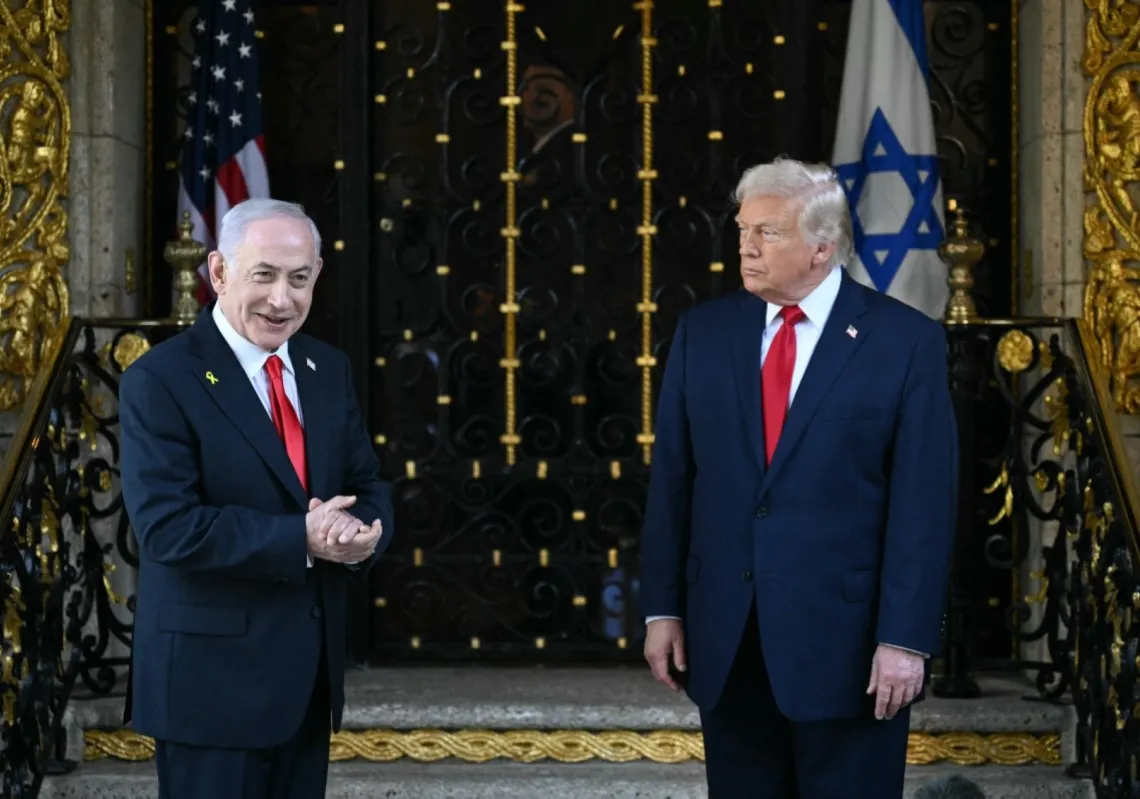It is not for nothing that a biography of Jaber Alwan is called The Music of Colours. This visual artist, born in Babylon in 1948, is among a rare breed whose meticulous approach to colour creates a symphony.
Brushstrokes create rhythm, while the brush itself acts as a conductor’s baton, as vivid and vibrant hues conjure both choir and carnival. The biographer Abdul Rahman Munif identified an orchestral harmony in Alwan’s work, with echoes of the greats such as Rembrandt, Monet and Renoir.
Even a cursory look at his works shows how important colour is to him. There is a dance between the canvas and the viewer, a delicate and choreographed ballet.
Munif said: “The journey with Jaber’s colours not only creates visual delight but also poses a profound question, urging us to re-examine the colours that surround us and perceive them in a new light.”
Now surely one of the world’s foremost colourists, Alwan’s canvas takes the form of a sculpted block in an open space, deliberately shedding the excessive forms, lines, and dimensions originating from the ornate details of Eastern decorative art.
Jaber embraces the void, too. There are often broad spaces on his canvas where precedence can be given to red, green, and yellow colours. This represents a contrasting model to visual arts, emphasising the aesthetic allure of emptiness.
He explains: “A painting is not truly a work of art unless it preserves enough voids to let horses gallop through.”
Even after half a century in the realm of visual art, Alwan still approaches a blank canvas with awe, awaiting its transformation — a heartbeat here, a brushstroke there, becoming a mesmerising festival of colour.
Like other artists, this Rome resident has his rituals and won’t enter his studio unless he is serene of mind and groomed in appearance – hair combed, beard trimmed, neck scented – as befits the masterpiece he aims to create. It is as if he is preparing for a first date, completing the ambience with music.

Having hosted dozens of exhibitions across both East and the West, Alwan’s works are now found in collections around the world, both public and private, his art gracing walls in places like Baghdad, Damascus, Kuwait, Qatar, Dubai, Sharjah, Rome, and Lisbon, to name but a few.
Yet it is all a far cry from his humble and rustic beginnings.















